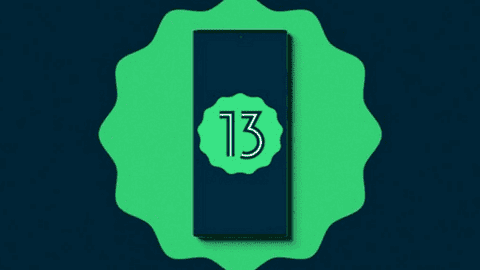Android 13 continues to reveal itself! While the first public beta is fast approaching, Google has deployed the second beta version reserved for developers. This update lifted the veil on several long-awaited new features, such as an application power consumption monitoring system and a slightly revised drop-down menu.
After installing the update, Mishaal Rahman, former editor-in-chief of XDA Developers and Android specialist, discovered a menu for fine-tuning the smartphone’s vibration. “Granular vibration sliders have been added to control alarm and media vibrations” says Mishaal Rahman on his Twitter account.
More concretely, Android 13 will allow you to program how your smartphone will vibrate according to each event. In particular, it is possible to adjust the operation according to a telephone call, the reception of an SMS, an alert or a simple notification.
On the screenshot shared by the expert, we discover that Google will allow you to adjust the intensity of the vibrator using a slider. In the event of a call, it will be possible to activate the vibrator only at first. The ringtone will then take over. This option allows you to avoid annoying ringtones during a meal or an interview.
Android 13 will allow you to customize vibrations according to notifications
It is possible to program strong vibrations in case of alarm (alarm clock or reminder) or weak vibrations if it is just a notification. Currently, phones are content to adjust the strength of the vibrator according to a call or notifications; without being able to adapt the vibrations precisely. Android 13 will also allow you to adjust the power of the screen’s haptic feedback with great precision.
As a reminder, Google will not deploy the final and stable version of Android 13 until September 2022. We expect to discover a new preview of the novelties through the first public beta; which will be deployed in the wake of the Google conference. May 2022 I/O.
Among the upcoming features, it turned out that Android 13 also has a special interface for PC. There is nothing radically new in this, since Android 12L has a similar interface. But this version is specifically available for devices with large screens; and Android 13 is the usual next version of the OS.
In addition, Google has finalized the interface and the notification and quick settings icons are located on the right side of the taskbar. In addition, in this mode, applications automatically open in freeform window mode.
Perhaps Android 13 will implement a feature similar to Samsung DeX and other similar developments; which allows you to use your smartphone as a kind of PC replacement.

